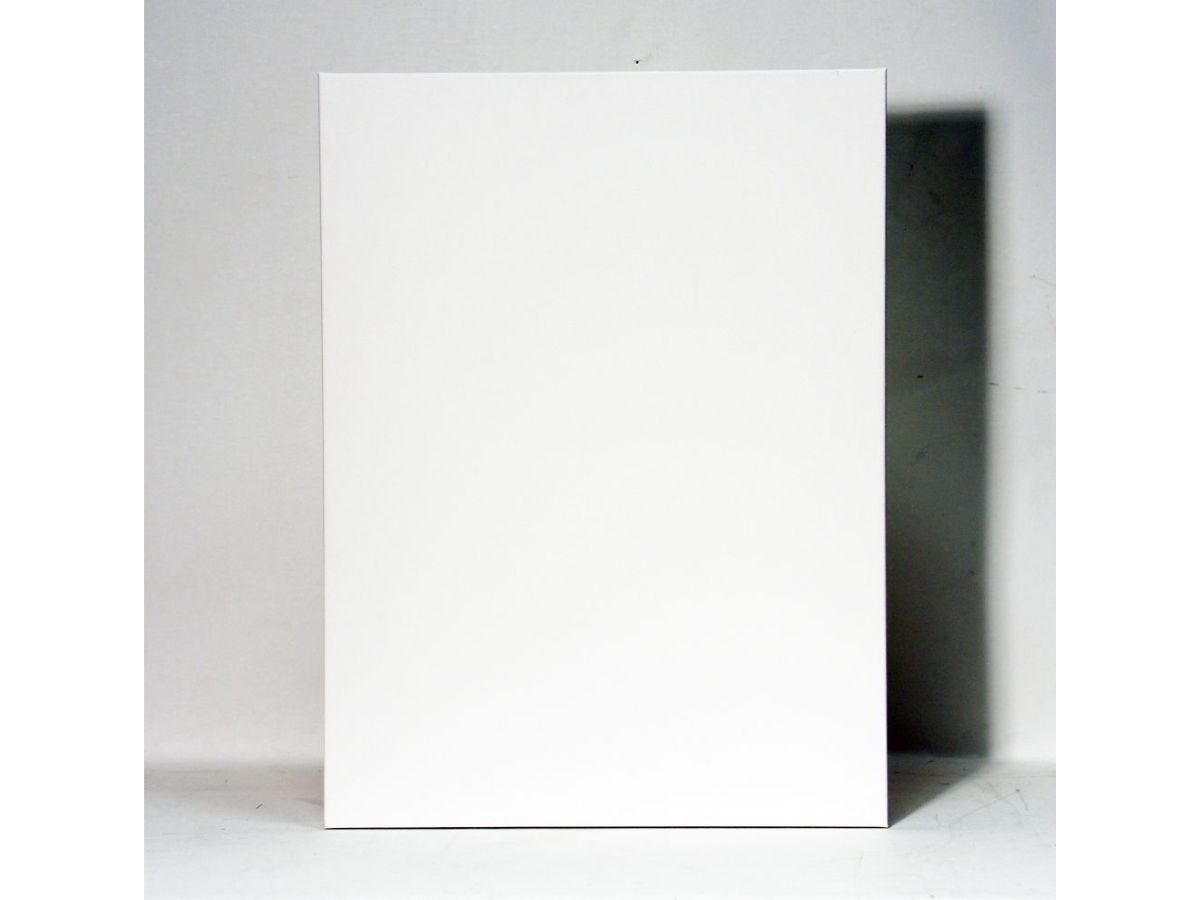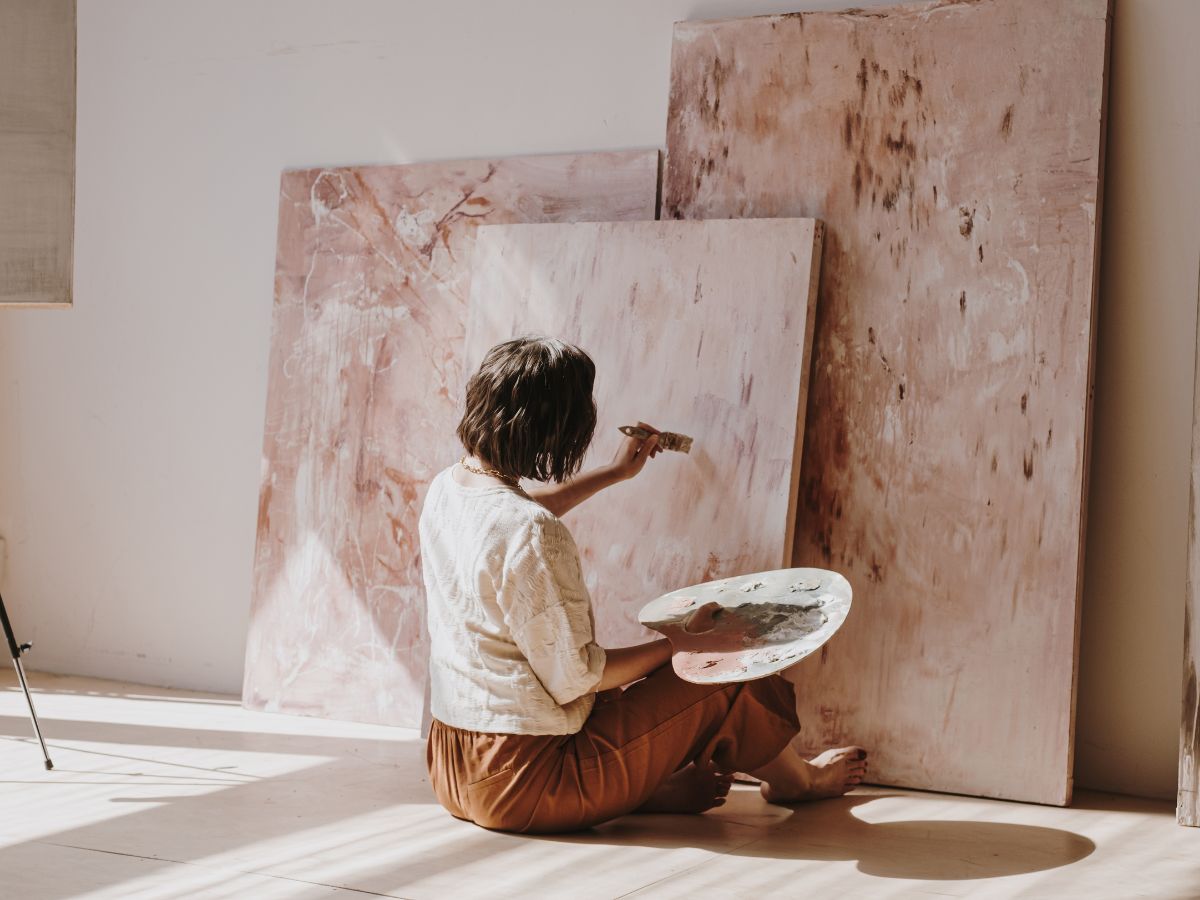
Why Buying Painting Canvases Directly from the Source Matters
When you buy painting canvases straight from the manufacturer—like CanvasLot—you gain advantages you won’t get from middlemen or big-box retailers.

When you buy painting canvases straight from the manufacturer—like CanvasLot—you gain advantages you won’t get from middlemen or big-box retailers.

If you’re an artist, you know the value of quality materials. CanvasLot’s canvases offer a professional-grade surface that saves time and enhances your work.

Mixed media art on canvas offers a dynamic way to express creativity by combining different materials and techniques. Whether you’re a seasoned artist or just starting out, understanding how to effectively merge various mediums can elevate your artwork.

Canvas durability is crucial for artists aiming to create lasting works. Understanding the factors that affect a canvas’s longevity can help you make informed choices about materials and care.

Selecting the appropriate canvas is a decision that influences the outcome and longevity of your artwork. Understanding the characteristics of different canvas types can help artists make informed choices that align with their creative goals and practical needs.

As an artist, the canvas you choose is more than just a surface—it’s the foundation of your work. CanvasLot offers custom-sized canvases with various thickness options, providing the flexibility to match your artistic needs.

Building a loyal fanbase is about more than just showcasing your art; it’s about creating genuine connections and providing value to your audience. Here’s how to do it effectively in 2025.

Shipping mixed media art requires careful planning due to its varied materials and textures. Here’s how to ensure your artwork arrives intact:

Texas offers a wealth of free art galleries that showcase everything from contemporary installations to local artists’ work. Whether you’re in a major city or a smaller town, here are some notable spots where you can enjoy art without an admission fee:

Mass-produced art is everywhere—affordable, accessible, and often stylish. As an independent artist, it can feel like you’re competing with a machine. But here’s the truth: your unique voice, story, and craftsmanship are your strengths.